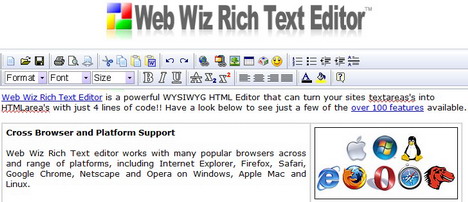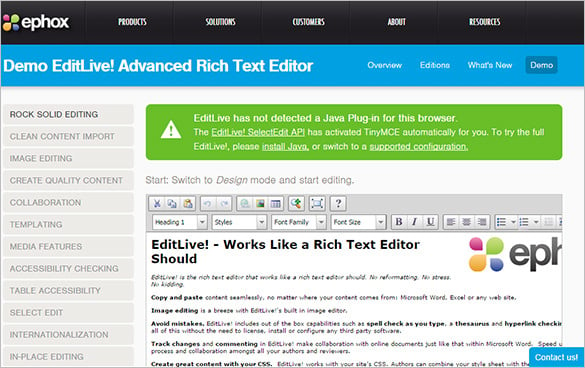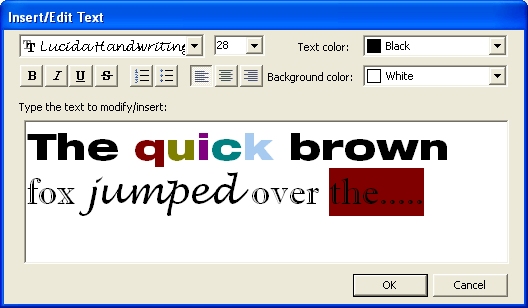
(If you're interested in more Internet Explorer history like this, I highly recommend listening to the " Leader of the Internet Explorer Project, Ben Slivka" episode of Brian McCullough's excellent Internet History Podcast.) There's brief-but-straightforward documentation for Content Editable over at Mozilla Developer Network, and an interactive ContentEditable demo at HTML5 Demos. These features were popular enough, in fact, that they were rather quickly reverse-engineered and added to competing browsers.įor some interesting background on this history, see Mark Pilgrim's " The Road to HTML5: contentEditable" post at The WHATWG Blog. Microsoft included this functionality in Internet Explorer with the intention that developers could use it to develop rich text editors, and they did. Editing Text in a contentEditable Element Users could edit the text within an editable element or page, and the browser also provided API hooks for commands that enabled features like bold or italic styling, adding links, and so on (see Figure 1). DesignMode made the entire document editable, while contentEditable made a specific element (and its child elements) editable. The state of Web content editing changed significantly with the release of Internet Explorer 5.5, in 2000, which introduced the designMode and contentEditable attributes. Later we got the ability to submit plain text back to the server, which might build a new page with the new content. or at least a writer with some technical expertise in HTML markup. Think about it: At one time, content had to be built into a Web page by a programmer.
Online rich text editor portable#
Turn your content into portable file formats,( PDF) with a single click.Insert embeddable media such as videos, tweets, Instagram posts or Google Maps into your rich-text content.
Online rich text editor code#

Simply turning off the HTML filtering can be forced to accept any code, including tags. Syntax highlighting is included to make it easier to follow code. The HTML source code editing capability of coder’s tool enables it to be used as an online HTML code editor. It can handle any task, from the most straightforward implementation to the most complex use case. The WYSIWYG editor is adaptable, adjustable, and user-friendly. Surprisingly, the majority of rich text editors have no understanding of what the user typed. Rich text editors are designed to make it easier for individuals to write text. However, you may need to format text input at some time.


In practically any online application, the provides a native and robust solution. Since its inception, content creation has been at the heart of the internet. It also contains pre-made website layouts, HTML5 and CSS3 support, and more.

Many WYSIWYG editors include capabilities such as multi-view and multi-language support.
Online rich text editor software#
This type of software allows you to change the appearance of content in a form to appear the same when displayed or printed - "What you see is what you get". A WYSIWYG editor lets a developer see how the final product will look before publishing the interface or content.


 0 kommentar(er)
0 kommentar(er)
